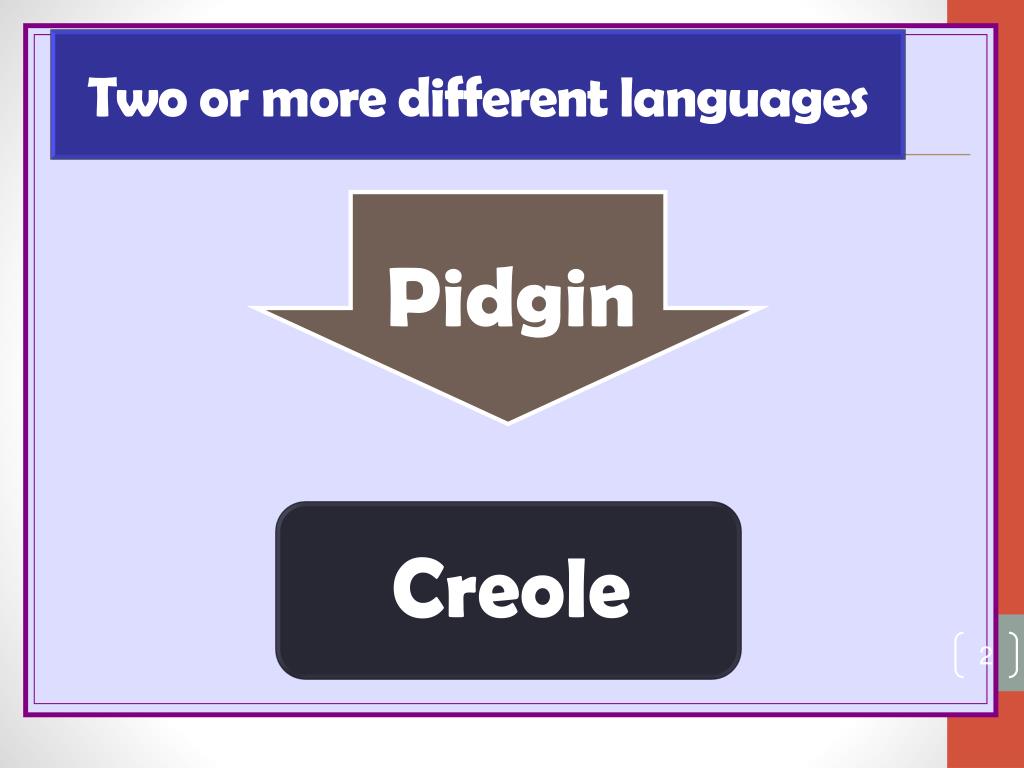
Name of a character in a Nigerian soap opera (The village headmaster), with a penchant for gossiping.Īmugbo: One habitually smoking Indian Hemp. 'Warn am O!'Īmala: Dough like meal made from yam flour and hot water. Famed for the sale of electrical goods.Īll Weda: Shoes worn all the time, come rain come sunshine.Īlong!: Shouted when hailing taxi cabs in some states in Nigeria.Īm: Used in place of 'him' or 'her' in sentence e.g. Nigerian nickname for an African AmericanĪlaba: Abbreviation for Alaba International Market, Lagos. Recent arrival from abroad (especially UK or USA) into NigeriaĢ. uses a wooden chewing stick as toothbrush.Īkara: Bean cake made from fried ground black-eyed beans.Īkata: 1. See Ajepako.Ījepako: Literally means -one used to eating wood i.e. Also called Ajasco Toronto.Ījebota: One used to butter rich spoilt kid. Derisory term for person who changes alliances as goverments come and go.Īircon: Abbreviation for air conditioner.Ījasco: Dancing with fanciful footwork. (See - Onioburu).Īgbero: Labourer who carries heavy goods for a fee.Īgip: Any Government In Power.

USA or UK 2.Someone who lives in those places.Īcting big man: Deputy exercising power in the absence of the boss.Īdonkia: contraction for I don't care attitudeĪfang: Efik soup made from Afang leaves, beef, dried fish, crayfish, palm oil, and periwinkle.Īgbada: Large traditional garment usually worn by men over a shirt.Īgbepo: Night soil man. Got this piece online and I felt it'd be useful for some people here.Īcada: 1. Check this list u might find your answer.
#Definition pidgin english how to
Problem with any pidgin word? Or probably don't know how to use it.
#Definition pidgin english mod
The fact that they develop a complete syntactically rich language even when exposed to pidgins suggests an internal language acquisition mechanism that takes in the input of linguistic structures and develops it into a language using some universal grammar.Well I don't know if this is the right section to post this but if it is a wrong section mod should help me move it to the right place. If language is merely a socially transmitted communication system, then children could grow up speaking pidgin as their language. Its verb phrase phonology, lexicon, morphology and syntax as well as demonstratives are from Cree.Įxploring the emergence of creoles from pidgins show the inherent instinct for language in human beings. Michif noun phrase phonology, lexicon, morphology, and syntax as well as articles, adjectives are derived from Métis French. Michif combines Cree and Métis French with words borrowed from English, and some neighbouring Indigenous languages. Michif is another example of a fully developed creole language.

It developed from pidgins of Scottish English, Scottish Gaelic, French, Norn, Cree, and Ojibwe. A creole that developed Scottish Red River Métis in present-day Manitoba is Bungi Creole. This indicates that human beings have some in-build language mechanism that can develop a language with the mere exposure to linguistic structures. Unlike the simplified pidgins, creoles are syntactically rich and complete languages. A creole is a pidgin language that has become the native language of the children of adult pidgin speakers. Instead, they develop a complete language known as creole. While pidgins exist as second languages for adult speakers, if the children of those adults are exposed to a pidgin, they do not grow up speaking it. The reason we are discussion pidgins here is to explore the extraordinary drive towards language in human beings. Labrador Inuit Pidgin French was a pidgin heavily influenced by French and spoken in Labrador until the 1760s. Algonquian–Basque pidgin was used by Basque whalers and Algonquin communities the Gulf of Saint Lawrence up to the 1710s. Inuktitut-English Pidgin was used in Quebec and Labrador. Linguistic characteristics such as gender and number (singular and plural) are excludedĪs Canada has a long history of contact between various language communities, it has had a large share of pidgins developing over the centuries. To facilitate transactions between their communities, the Inuvialuit, or Mackenzie River Inuit, and the Indigenous Athabaskan speakers used an Inuit trade jargon.Syllables tend to be simple and often lack codas.They tend not to have complicated phrase structures.

Pidgins usually have the following characteristics: It is built from the words and sounds from a number of languages with a limited core vocabulary. Pidgins are not native to any speech community. It is common when communities come together for trade and they are not considered complete languages. It usually develops when two or more groups have to develop a system of communication when a common language doesn’t exist. A pidgin language is a grammatically simplified communication method.


 0 kommentar(er)
0 kommentar(er)
